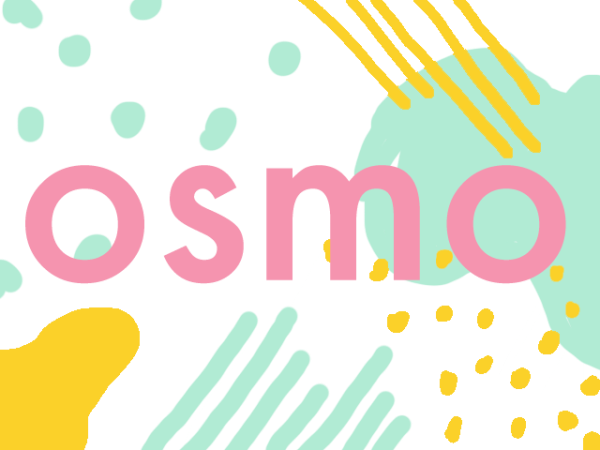
Osmo, is an iPad based technology which includes a clip-on camera piece and a range of hands-on subject based learning. The app has a variety of activities which allow the students to be creative whilst developing and enhancing their skills. My focus will be on Osmo Masterpiece and Osmo Coding Awbie which I believe has the potential to develop creativity in a range of KLAs in particular, English, Creative Arts and Science & Technology.
Osmo Masterpiece
Osmo Masterpiece facilitates the idea that all children have the potential to be creative. (Lin, 2011) Osmo’s practical creative activities allow the students to develop self-confidence, their abilities in relation to other people, their environment and technology. (Brecka & Cervenaska, 2015)
Osmo Masterpiece comes with a camera and a drawing pad which allows the student to make his/her drawings come to life on the iPad. The student can choose or take a picture of something they would like to draw and Osmo will create guidelines for drawing it. It is a very open platform, where they can create what they like whilst developing fine-motor skills and using their imagination.
It can be used in English for students to meet KLA outcomes (e.g. ENe-4A) and show their understanding of a text (characters or setting).
Osmo Coding Awbie
Coding Awbie is an ability appropriate hands-on coding activity for students in the primary years. It builds on their problem solving abilities and allows them to move, Awbie, (the character) around a world using physical blocks as commands. The design is simple yet complex and is an informal introduction into programming.
It can be used as an individual or collaborative task where students can share strategies and learn from each other. (Hu, Zekelman, Horn & Judd, 2015) When a challenge is presented to them they must think creatively and undergo a problem solving process to find a solution.
Osmo’s Coding Awbie is a fun and interactive activity for Science and Technology and can meet syllabus outcomes (e.g. ST1-15I) whilst promoting a challenging and creative classroom environment.
The use of creativity and ICT in the classroom creates a stimulating classroom environment in which the students feel that they are capable individuals. Osmo acts as a tool where students are challenged to develop their problem solving skills and creative cognition. (Loveless, Burton & Turvey, 2006)
Implications
For Osmo to be an effective educational tool, teachers must be able to guide and assist the students during their learning process. It is not a stand-alone tool, but rather a mechanism for students and teachers to collaboratively problem solve. (Yadav & Cooper, 2017) Additionally, Osmo is an expensive tool and each activity requires different tangible materials which are not budget friendly. (Approximately $150 per activity box)
For more information on Osmo: https://www.playosmo.com/en/
References:
Brecka, P., Cervenanska, M. (2015). Research of technical knowledge and creativity development of children in pre-primary education through interactive whiteboard. Education and Information Technologies, 21(6), 1611-1637.
Hu, F., Zekleman, A., Horn, M., Judd, F. (2015). Strawbies: Exploration in Tangible Programming. Proceedings of the 14th International Conference on Interaction Design and Children Pages, 410-413.
Lin, Y. (2011). Fostering Creativity through Education – A Conceptual Framework of Creative Pedagogy. Creative Education, 2(3), 149-155.
Loveless, A., Burton, J., Turvey, K. (2006). Developing conceptual frameworks for creativity, ICT and teacher education. Thinking skills and creativity, 3-13.

I’m very impressed how you’ve been able to identify specific syllabus outcomes that the tool is capable of addressing. This highlights your understanding that creativity is an element of all KLA areas and is an extension of other skills such as problem-solving, etc. A well-written and supported blog article! I look forward to reading more in the future!
LikeLiked by 1 person
What an interesting piece of technology to review. I have Osmo at home and it never occurred to me that it could be used in the classroom. I like that you highlighted it’s short comings due to the costs involved however, in schools where this can be overcome I see it being used for some amazing art lessons. It would allow students to create works of art far above the carbon copy fluffy bunny art so prevalent in classrooms. It would also allow students to learn how to draw whilst at the same time enabling them to create.
LikeLiked by 1 person